What is the cause of the 'too bright car headlight problem'?

When driving a car, the headlights of oncoming cars are often too bright and blinding. Why are there so many dazzling headlights? Is it the headlight manufacturer, the car manufacturer, or the driver? The car-related YouTube channel
Here's why dangerously bright headlights are blinding drivers today - YouTube
Many people have experienced being blinded by the headlights of oncoming vehicles at night. This is a headache for drivers, just like traffic jams and cars slowing down in the passing lane, and 'every driver feels that headlights that are too bright are not good,' The Drive points out.
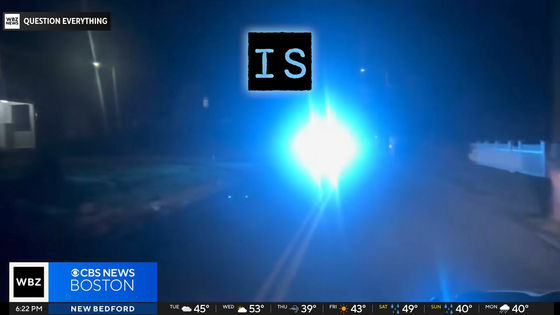
Are 'too bright headlights' a problem with certain LEDs, certain car models, a factory defect, or driver behavior?
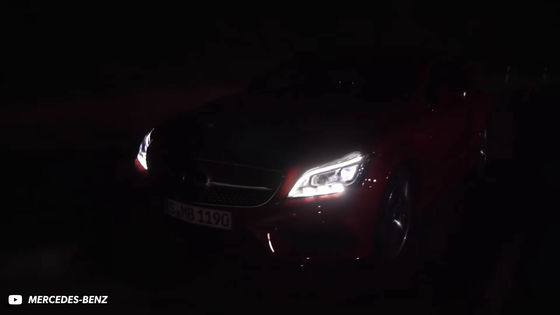
Electric headlights have been installed in automobiles since the 1800s, with the earliest headlights powered by an 8-volt battery.
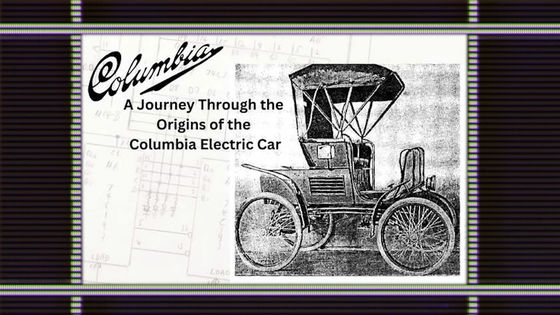
In 1915, 'dipping headlights' were introduced, which allowed drivers to switch between low and high beams with the flip of a lever. Headlights at the time were sealed, with the bulb, lens, and focusing element all integrated into one unit.
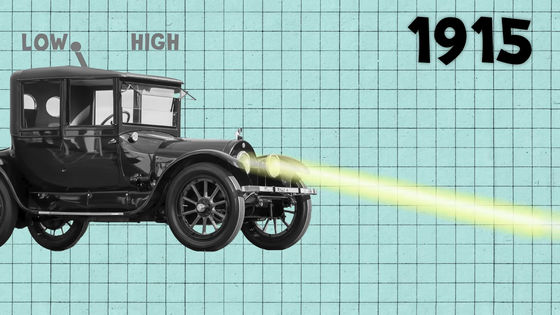
In 1940, this sealed headlight was standardized, and cars from different manufacturers began to use common 7-inch round headlights or 5x7-inch square headlights. This standardization made it easier and cheaper to replace headlights. Also, as aerodynamic performance and fuel efficiency became more important in automobiles, the limited freedom in design of sealed headlights became a problem.
The front of a vehicle is crucial for aerodynamics, but a standardized shape makes it difficult to optimize. However, The Drive points out that the constraints of enclosed headlights were what led to many iconic designs for American cars in the 20th century.
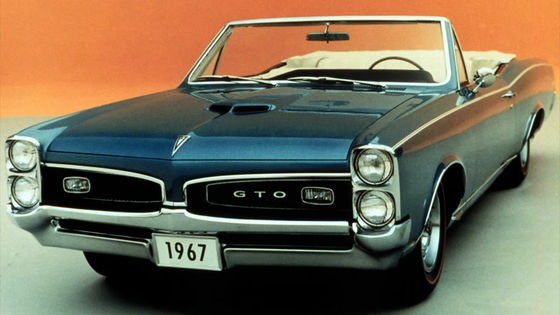
In 1983, Ford Motor Company lobbied the government and composite headlights became the standard. With the introduction of composite headlights, it became possible to freely create headlight shapes to match the vehicle design. Since replacement bulbs for composite headlights are standardized, maintenance costs were also reduced.

However, the halogen bulbs in hybrid headlights lacked brightness. The average halogen bulb only produced about 1,000 lumens. This is where high-intensity discharge (Xenon) lamps came in. Xenon bulbs are characterized by a bluish-white light that can produce up to 8,000 lumens or more.
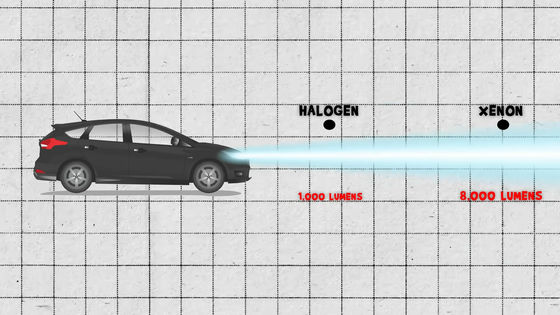
The LEDs that are mainstream in modern headlights generally have a brightness of over 10,000 lumens, and there are also
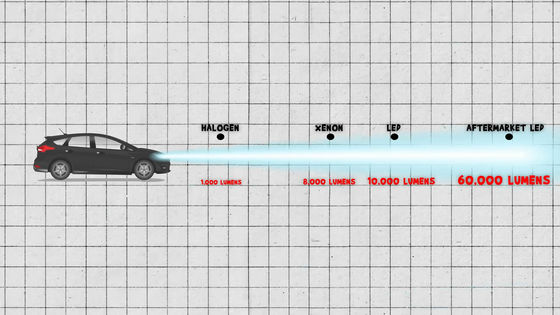
First of all, the unit of brightness used for headlights, 'lumens,' refers to the total amount of light emitted in all directions from a light source, so it is not an appropriate unit to express the brightness of car headlights, because car headlights do not shine in all directions, but only forward.
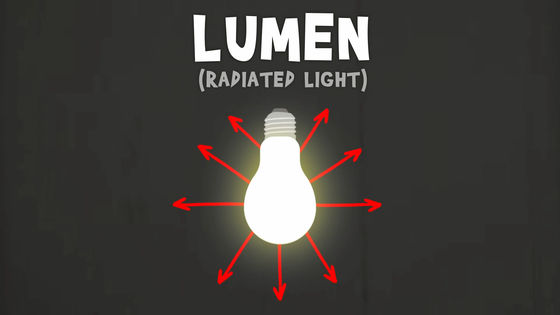
When measuring light, the measuring instrument indicates 'lux.' Lux is a unit that expresses the amount of light falling on a surface, and is a concept similar to the decibel measurement of sound in terms of light. The value changes depending on the measurement position.

Furthermore, the unit used in law is 'candela.' Candela is a unit that expresses luminous intensity (light intensity) at zero distance. A light that emits strong light in one direction is a light source that 'may have few lumens but a very high candela.'

In 2007, the National Highway Traffic Safety Administration (NHTSA) established detailed standards for headlight candela in its standard
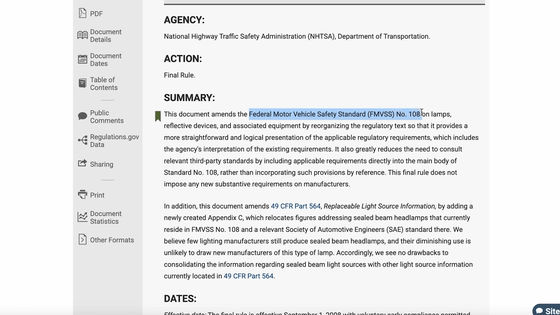
However, NHTSA requires manufacturers to self-certify, leaving it up to the companies' 'conscience,' leading to the problem of 'lax enforcement.' While it is unlikely that a manufacturer would deliberately file a report against itself, there is a 'clear incentive' for manufacturers to over-brighten headlights.
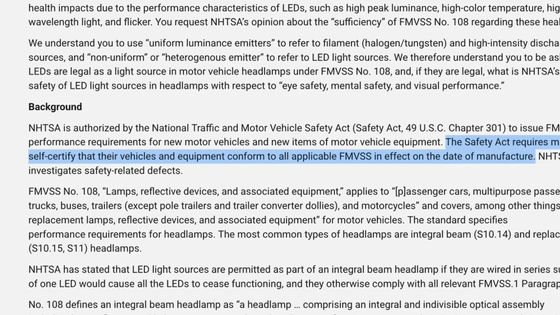
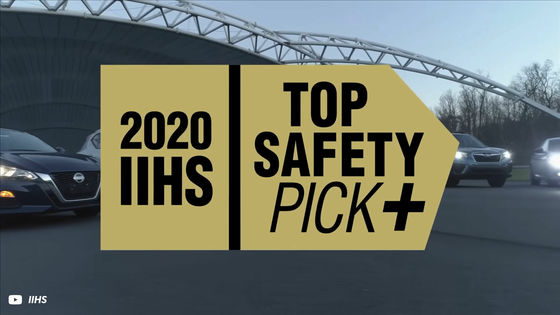
One of the criteria for a Top Safety Pick is 'how bright the road ahead is,' with the longer the distance at which 5 lux of light can be detected, the higher the rating. IIHS also includes glare to oncoming vehicles in its rating, but this is only judged on 'straight, flat roads.' However, in reality, the situation is more complicated, as oncoming headlights can hit your eyes directly on curves and uneven roads.
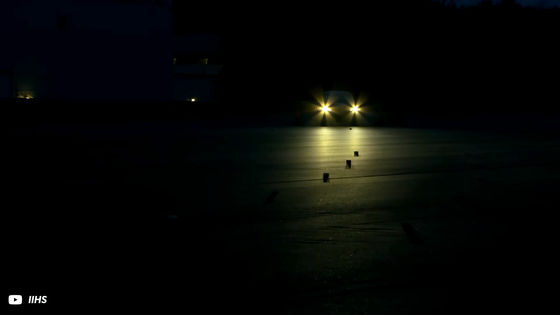
The IIHS has announced that 'cars with good headlights reduce nighttime accidents by 19%,' and there is no clear evidence that glare is related to accidents. However, The Drive points out that manufacturers tend to manufacture overly bright headlights because they do not properly test headlight glare.
Even if regulations were tightened only for headlights on new cars, the issue of the aftermarket would remain.
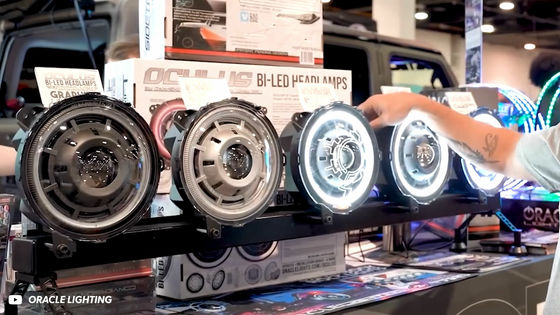
While the law uses candela as a measure, actual headlight bulbs are advertised in lumens. The Drive points out that this is a result of the widespread adoption of LEDs, which are easy to swap out halogen bulbs for. As a result, Amazon and other sites are flooded with high-lumen LED headlights.
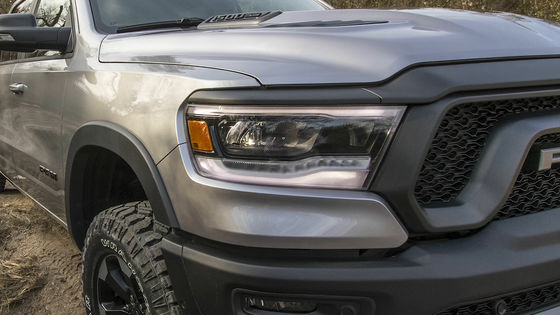
Also, combining a third-party bulb with a genuine housing can mess up the light axis. Furthermore, customizing the vehicle height can completely mess up the light axis.
Additionally, while halogen lamps have small filaments and can create a clear cut line, most LEDs have multiple chips bundled together, making the light source too large and blurring the boundaries of the light. This is like driving with a 'selfie ring light' on the front of your car, The Drive points out.
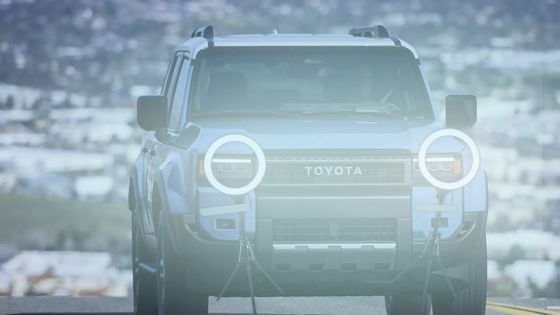
One promising solution to this headlight problem is the '

However, because American regulations are so different from European standards, automakers have said it will take years to adapt. Many imported cars have hardware that supports ADB, but the software is disabled in the United States.
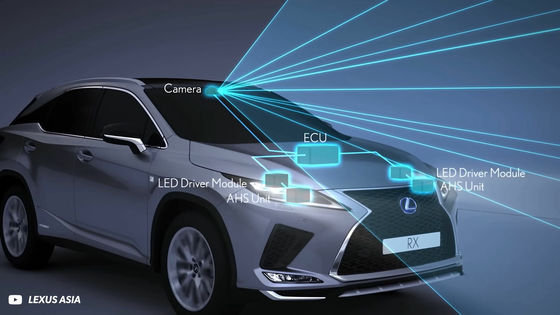
As a result, at the time of writing,
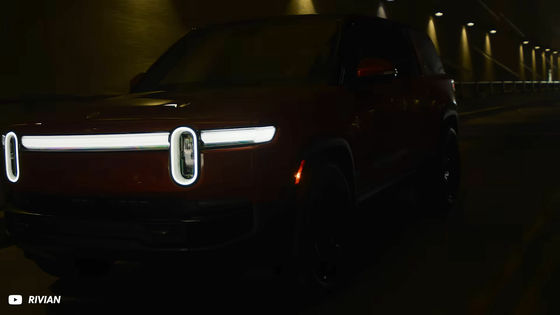
The Drive points out that the average age of a car is 12 years and is getting longer every year, so any improvements will take a long time.
Related Posts:







